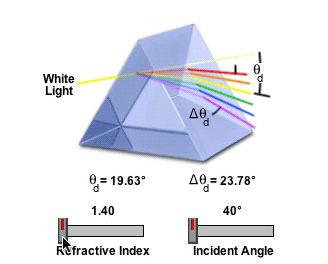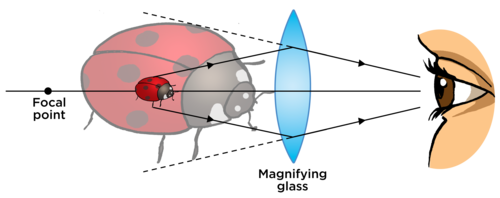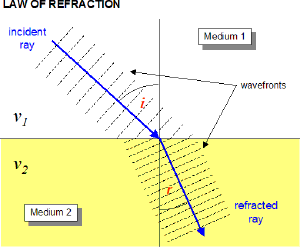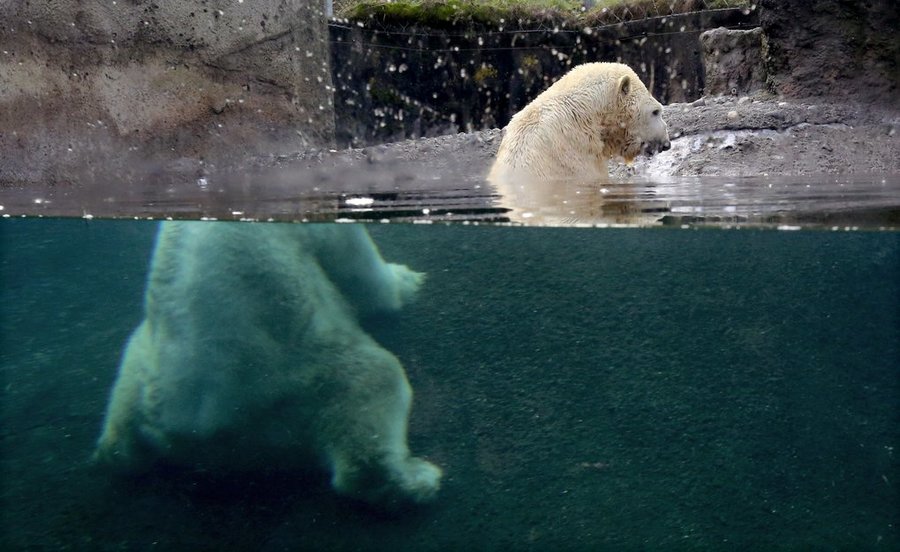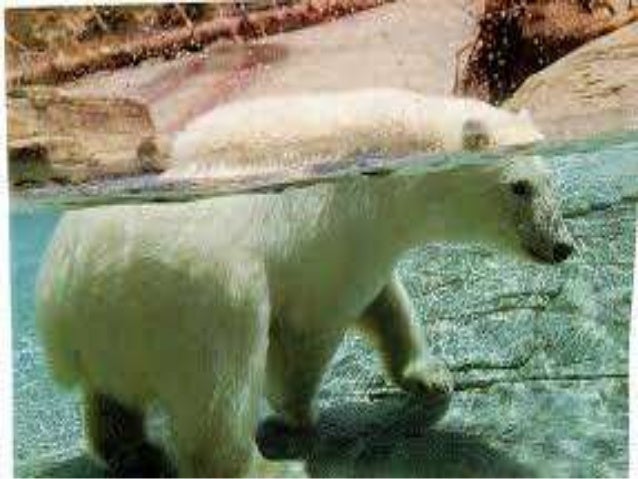>>Thermal distribution north and south of Equator?
Common misunderstanding. It's not equal. The SH is hotter.
How come SH can be hotter in FE, if the land area the Sun must cover during its same 24h is much wider than the NH, where the radiation concentration per km² would be higher?
Total FE area = r²xPI = 20000²xPI = 1256636000 km²
NH area = r²xPI = 10000²xPI = 314159000 km²
SH area = TotalArea - NHArea = 1256636000 - 314159000 = 942477000 km²
Total FE Area = 1.256 E+9
NH Area = 3.141 E+8
SH Area = 9.424 E+9
FE SH area is in fact 30 times larger than NH
How come SH can become hotter than NH, or even the same?
For
FE SH temperature to be the same as FE NH, the FE Sun would need to be 30 times hotter in January. If you are referring to perihelion, when Earth is closer to the Sun in January, it is not very significative, as a matter of fact, the atmosphere temperature is opposed, it even helps FE with 4°C...

when global temperature is even lower in January. So, the FE solar temperature is not logical,
not true to the real thing.

For the ones that didn't get it yet, if you pass your hand very close over a candle flame it may burn, or not, it only depends on how fast your hand moves. In the FE January, the Sun needs to cover 30 times more km² per second than it covers the Northern Hemisphere in July, so it moves faster, radiating less energy per km² to the land on January than on July when it moves slower. Even needing to cover 30 times more land, the land temperature is almost the same on both hemispheres.
Lets calculate:
FE say on July the Sun is circling Earth every (lets round to) 24 hours, right over the Tropic of Cancer, at 23°26' North.
FE say on January the Sun is circling Earth during the same period of time, over the Tropic of Capricorn, at 23°26' South.
Considering FE disc to have 180° from North Pole to Ice Wall:
Tropic of Cancer is at 23°.26' (23.4333°) North from Equator, means 66.566° from North Pole.
Tropic of Capricorn is at 23.4333° South of Equator, means 113.433° from North Pole.
The circumference the Sun must travel when over the Tropic of Cancer on July will be the radius x 2 x PI.
The Tropic of Cancer radius is FE radius x 66.566/180, 20000 km x 66.566 / 180 = 7396km
Tropic of Cancer circumference = 7396 x 2 x 3.14159 = 46471 km.
The circumference the Sun must travel when over the Tropic of Capricorn on January will be the radius x 2 x PI.
The Tropic of Cancer radius is FE radius x 113.433 /180, 20000 km x 113.433 / 180 = 12603km
Tropic of Capricorn circumference = 12603 x 2 x 3.14159 = 79191 km
Now;
the speed of FE Sun rotating over FE Tropic of Cancer is 46471 km / 24h = 1936.3 km/h
the speed of FE Sun rotating over FE Tropic of Capricorn is 79191 km / 24h = 3299.6 km/h
The speed difference is 3299.6 / 1936.3 = 1.7x
(I will not even question what makes the Sun accelerate or break speed and change circling diameter)
Means, the FE Sun runs 1.7x faster over the Tropic of Capricorn than over the Tropic of Cancer.
It simply means that the Northern Hemisphere solar speed would spread 70% more radiation per second than to Southern Hemisphere.
This is
not true in the real world, the NH is NOT 70% hotter than SH.
Also, the above calculations should take in consideration just radiation per second, not radiation per squared area of land.
On the top of this post, I considered squared area land, and came to 30x less radiation per km² in the South than in the North.
What it is again,
not true in the real world.
The actually measured solar radiation energy in average, between tropics to be 1kW/m². Based on the 70% difference of solar radiation per km² on FE, if measured 1kW/m² in Rio de Janeiro (what is real), then a person living on Central Florida would receive 1.7kW/m², that is
not true, it will be cooking everything on land.
Other important thing, consider the sun speeding 1.7 faster on the Tropic of Capricorn, it means people on the Southern Hemisphere would notice the Sun moving 70% faster on January sky, shadows on ground moving 70% faster, etc. This is also
not true.
Based on FE perspective, vanish point and "can not see far due atmosphere not being transparent", the Sun would disappear from southern sky on January 70% faster than on July on North. If on the North we can see the Sun during 12 hours on July, then on the South we will see the Sun only for 3.6 hours on January, what is also
not true.
There is a lot of "Not True" on the text above.
Thanks for bringing this subject to my attention.
This is one more item FE must address and explain on Wiki, will be very difficult if not impossible.
Below a comprehensive FE map about tropics circumferences and Sun's speed over them

Below a FE horizontal view in two situations, Figure1 and Figure 2 are proportional to FE diameter, Sun's altitude, tropics diameter.
Figure 1 is the Sun circling over Tropic of Cancer (July), smaller diameter.
Figure2 is the Sun circling Tropic of Capricorn (January), larger diameter.
Both observers, living under such tropic can see the Sun raise from the horizon and set at the horizon.
Based on FE mechanics, the Sun at 4800km of altitude never really gets to touch the horizon, but FE explains the observer actually see the Sun setting and disappearing below the horizon due perspective, vanishing point and atmosphere not being transparent, and also possible use of atmospheric refraction, not allowing to see far.
Based on this FE statements the Figure1 allows to understand the observer can only see the Sun on sky within an angle of only 113°, below that it will be under the horizon. But Figure2 with the Sun at the same altitude, the angle is much larger, 139° for the same effect to take place. The only possible FE explanation is that on the southern hemisphere you can see farther, perspective and vanishing point works differently, and the atmosphere is more transparent, with less refraction.
The other complication is about the visible time of the Sun during the day. Both observers can see the sun more than, but lets assume only 12 hours on both tropics, Cancer on July, Capricorn on January. Now lets divide the angular view of the sun in the sky during 12 hours. For the observer of Tropic of Cancer, the Sun travels 113/12 = 9.41° per hour in average, but we know that is not true, so it must be 9.41°/h from 10am to 2pm and fantastically speed up at raise and set to reach the apparent position close to horizon. For the observer on the Tropic of Capricorn, will be 139/12 = 11.6°/h, with also non linear angular speed during the day.
Interesting fact that on RE we can actually measure a very linear and steady solar angular speed of 15°/h all the way from raise to set, and the solar visibility on both tropics are the same, not different visibility angles (both are 180°), not different atmospheric visibility.
I wonder if FE could produce and post explanations on Wiki, using at least images better than mines, with scientific facts, numbers, angles.
Just to clarify, the observers on Figure1 and 2 are not on the North Pole, they are somewhere over its tropic circle. The three suns over the observer represent the sun at 6am, noon and 6pm.

Also, we can actually predict on RE, exactly when the Sun will raise and set, within seconds, due its extreme easy mechanics of a round Earth and heliocentric system.
The FE explanations about the sunrise and sunset rely on atmospheric conditions of visibility and refraction. All of this can change by temperature, moisture, cold/warm wind and climatic conditions that can change at any time, would dramatically change the position of the FE sun on the horizon, not being possible to predict with precision when it would happens.
I also would like to hear from FE how those sunrise and sunset can be precisely predicted under so much optical challenging situations.
This whole post is completely relative to Tom's statement that SH is hotter, I proved mathematically above FE SH is 30x cooler per km², not hotter.
I sincerely expect someday for some FEr to answer those questions, since I feel I am writing to a brick wall.




 when global temperature is even lower in January. So, the FE solar temperature is not logical, not true to the real thing.
when global temperature is even lower in January. So, the FE solar temperature is not logical, not true to the real thing.


